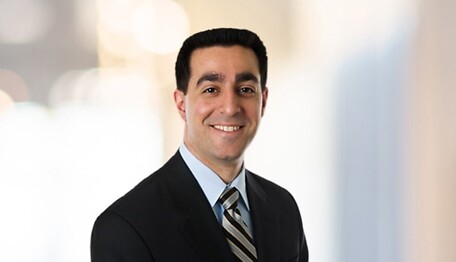Are Industry Standards Beside the Point Where Strict Liability is Claimed?
It has been almost seven years since Tincher v. Omega Flex Inc. was decided by the Pennsylvania Supreme Court. The Tincher court left much unanswered but called on Pennsylvania’s lower courts, the legal academy and the bar to further define the parameters of the Commonwealth’s products liability jurisprudence. Since then, numerous defendants presented with products liability claims have sought to introduce evidence that the design, manufacture and product warnings meet “industry standards.” There is support for this practice. Federal District Court decisions, post-Tincher, even though not binding on Pennsylvania courts, have admitted government and industry standards evidence in strict liability cases.
However, in the recently published decision in Sullivan v. Werner, the Superior Court of Pennsylvania continued to apply the pre-Tincher exclusion of industry standards evidence. The plaintiff brought a strict products liability action in Philadelphia County after he fell through a scaffold. A jury determined that a design defect caused the accident and awarded the plaintiff $2.5 million in damages. The defense expert, among other things, stated in his written report that the scaffold complied with the American National Standards Institute and the Occupational Safety and Health Administration. Before trial, the plaintiff filed a Motion in limine to bar the admission of any governmental or industry standards as evidence, and the Motion was granted. On appeal, a unanimous three-judge panel of the Superior Court affirmed the trial court’s findings, in favor of the exclusion.
At the heart of the Sullivan matter is the application of the Tincher decision. The Sullivan court acknowledged the ambiguity in Tincher noting that the decision “neither explicitly nor implicitly overrules the exclusion of industry standards in a products liability case.” Therefore, it found that a decision to exclude such evidence “was not unreasonable.” Sullivan’s upholding of the preclusion of industry standards is detrimental to the post-Tincher industry standard strategy that has regularly been deployed by the defense bar. Further clarity may be forthcoming, as the Sullivan decision is ripe for the Supreme Court to weigh in and define the state of the law as it pertains to this issue.
The Sullivan court also addressed whether the trial court erred in instructing the jury that it could not consider whether the plaintiff was negligent in his assembly of the scaffold. The Sullivan court affirmed the trial court’s instruction, finding that a defendant can only introduce evidence of negligence in a strict liability case where it is alleged to be the sole cause of the accident and is unrelated to the product. Because it was determined that the plaintiff’s assembly of the scaffold was necessarily related to the product at issue, the Superior Court agreed with the trial court that the jury could not consider alleged negligence in the assembly of the scaffold. Once again, this finding serves as an ongoing limitation, even post-Tincher, on the defendant’s ability to introduce evidence grounded in concepts of negligence.
If you have any questions or would like additional information, please contact David R. Zaslow (zaslowd@whiteandwilliams.com; 215-864-6844), Mark Paladino (paladinom@whiteandwilliams.com; 215-864-6817), or Daria B. Janka (jankad@whiteandwilliams.com; 856-317-3669).
PRACTICE AREAS
Practice Areas
KEY ATTORNEYS
-
Partner
-
Partner


